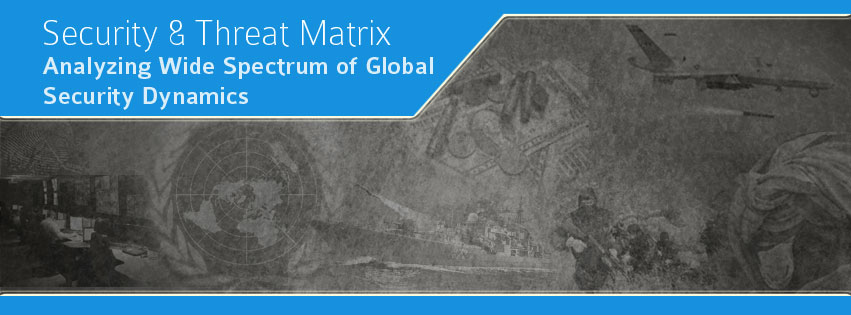By Shahzad Masood Roomi
As India and France have been working on MRCA deal for 126 Rafale jets, Indian PM has announced a separate deal of 36 Rafale jets which will be delivered in fly away conditions as soon as possible. This deal would accelerate the modernization of IAF fleet. Along with this deal, if MRCA deals goes through Indian Air Force would have 160+ Rafale fighters in its fleet in the next decade.
According to Indian defense minister Manohar Parrikar, these Rafale fighters would be inducted into IAF within next two years making it clear that this off-the-shelf deal is part of Indian plans to immediately provide IAF two squadrons of state of the art fighters that it desperately need to upgrade its aging fleet. Commenting on this new deal, Dassault CEO, Eric Trappier maintained that there was a real operational need because India needs combat jets to counter modernization of certain countries hinting towards modernization programs of PLAAF and PAF. China and Pakistan.
But there is a bigger debate going on within Indian defense and strategic community about the future of IAF as it was reported by IHS Janes earlier this week.
"The central difficulty is what analysts in India described to IHS Jane's as a "massive disconnect between the Ministry of Defence [MoD], the IAF, and the political community in India who have to contend with larger diplomatic and industrial issues" on what the future IAF should look like"
According to Janes, the conflict revolves around the views of those who favors Rafale and those who consider Russian T-50/PAK-FA 5th generation fighter. This conflict is part of larger debate regarding the future outlook of Indian front line fighter fleet. IAF is inclined towards more Western platforms but not the US made platforms, describes Janes' report. Apart from this difference of views on future orientation of IAF, financial constraints are also remains important dynamics affecting the overall debate on choosing French or Russian fighter planes.
"If you put your resources into the T-50, then the IAF becomes an almost all-Russian fleet, and you are betting your future force structure on an aeroplane that is almost solely on paper at present. If you decide to go with the Rafale, then you are forgetting about having a fifth-generation aeroplane, but at least you know everything on this platform exists and works pretty much as advertised," Janes quoted an unnamed Indian defense analyst.
It is obvious, that if IAF is not looking for F-35 from the US the PAK-FA program is there and IAF would pursue it for its 5th Gen fighter requirements. India may ended up with slashing MRCA altogether and settled for deal of 36 Rafale while diverting resources to PAK-FA. Though, PAK-FA is still in early phase of development unlike Rafale which enetered in operational service with French air force years ago but this is the only 5th generation joint venture which India can be part of, France does not has any 5th generation fighter development project as advanced as PAK-FA.
Although now many Indian experts are casting doubts on the future of MRCA citing the alleged French refusal for transfer of technology but considering the current procurement trends, it would be prudent to consider a future IAF fleet comprises on US made transporters (C-130, C-17), French and Russian 4++ generation fighters (Rafale. SU-30MKI) and Russian 5th generation fighters (PAK-FA), while Israel providing AWACS platforms.






